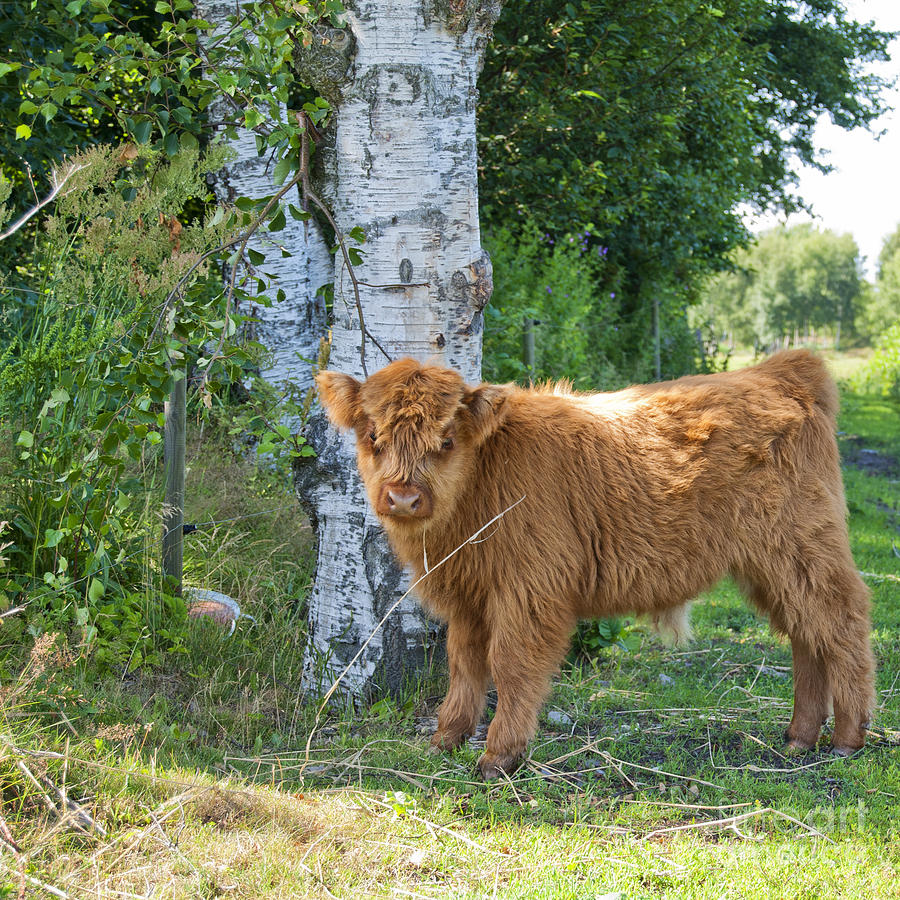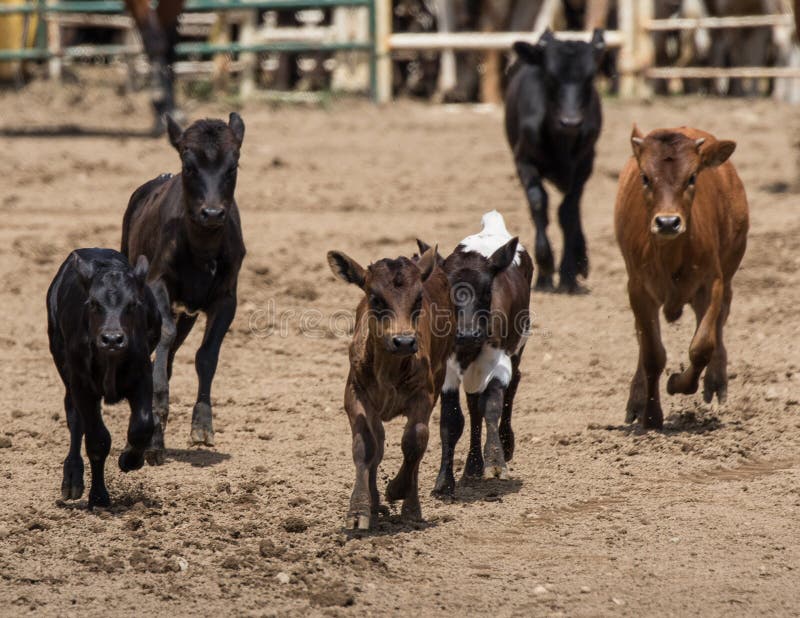


Additionally, dystocia females are more likely to have increased days open and reduced fertility. In many cases trauma is limited to local soft tissue tearing but can also involve nerve paralysis or skeletal involvement. Severe dystocia can cause trauma to the cow or heifer during calving. Dystocia in cows is more commonly associated with malpositioned or deformed calves that may take careful extraction to salvage a positive outcome.įemales also are negatively impacted by dystocia. Although cows do not have as many problems with dystocia as heifers, when they do have problems it can be serious because maternal/fetal disproportion is usually not the problem. Even without maternal/fetal disproportion, the birthing process is longer and slightly more difficult in heifers as the soft tissue in the perineal region does not relax as rapidly compared to older cows. Small increases in calf size or weight can mean the difference between a natural easy birth and a difficult pull. Therefore, heifers are not capable of delivering the same size calf as a cow. Heifers are still growing and their pelvic canal has not reached its mature size. Typically, heifers have more problems with dystocia than mature cows because the main cause of dystocia is maternal/fetal disproportion, meaning that the calf is larger than what the female is capable of easily delivering. Because dystocia can decrease the calf’s ability for adequate passive transfer of immunoglobulins from colostrum, dystocia calves are also more likely to have subsequent health issues such as calf scours, navel ill or pneumonia. Hypoxemia can cause calves to be weak at birth and negatively impact the calf’s ability to stand and suckle. Posterior or backwards calves also are at risk for hypoxemia because the umbilical cord is constricted before the calf’s nasal passages are exteriorized. During a difficult birth, calves can be deprived of oxygen (hypoxemia) if the umbilical cord is constricted and the calf is unable to breathe because the chest is compressed. Calves born from dystocia events take longer to stand and nurse, and will subsequently absorb lower amounts of immunoglobulins from colostrum. Besides the immediate loss resulting from a calf that dies at or shortly after birth there are other losses that can occur over time. In cattle operations dystocia is a major cause of calf loss with some studies reporting that 1/3 of calf losses are associated with dystocia. Contact us by email ) for availability.Home Page General Nutrition Scoring Weak Calf Facilities Supplies Delivery Dystocia Care Post-Calving Dystocia Prevention and Intervention Introductionĭystocia is derived from a Greek word meaning difficult birth. These include Scotch fillet, Porterhouse Steak, Rump or Topside, Cross Cut Blade, Schnitzel, Roast, Silverside and Mince, Sausages and Salami. Vacuum-packed cuts are sometimes available. To thank you for your contribution we may send you a Knapdale Highland Beef parcel when we process a male animal. This contributes to the grazing and maintenance costs of our herd. Calf prices are between $350 and $800 depending on their grade and age.įor $2 you can also become a shareholder in the Knapdale Highland Beef Shareholder’s Register. Our Highland cows cost between $600 and $800. A and B Grade cows with calves at foot.A Grade cows scanned in calf (A grade cows are 87.5% Highland, 12.5% Hereford).B Grade cows scanned in calf (B grade cows are 75% Highland, 25% Hereford).With the exception of some bulls to keep our bloodlines clean, all our cattle have been born at Knapdale. The decision to farm Scottish Highland Cattle was to keep the roots with Scotland - Knapdale is the name of the lands the McMillans farmed in Scotland.


 0 kommentar(er)
0 kommentar(er)
